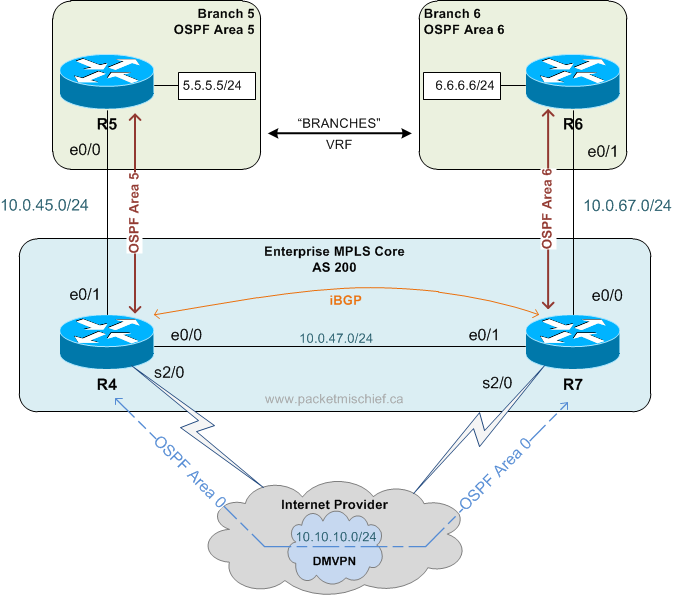I like MPLS. And I don't necessarily mean as a solution to solve a problem, but as something to configure in the lab. It's fun to build things that do something when you're done. Setting up OSPF or EIGRP and being able to traceroute across routers is meh. But configuring MPLS with all the associated technologies — an IGP, LDP, MP-BGP, — and then getting all of them working in unison... when you get the traceroute working, it's rewarding.
Here's something to keep an eye out for when you're troubleshooting MPLS: An LFIB entry (that is, the Label Forwarding Information Base) that states "No Label" versus one that states "Pop Label". These mean very different things and can be the difference between a working Label Switched Path (LSP) and a non-working LSP.

